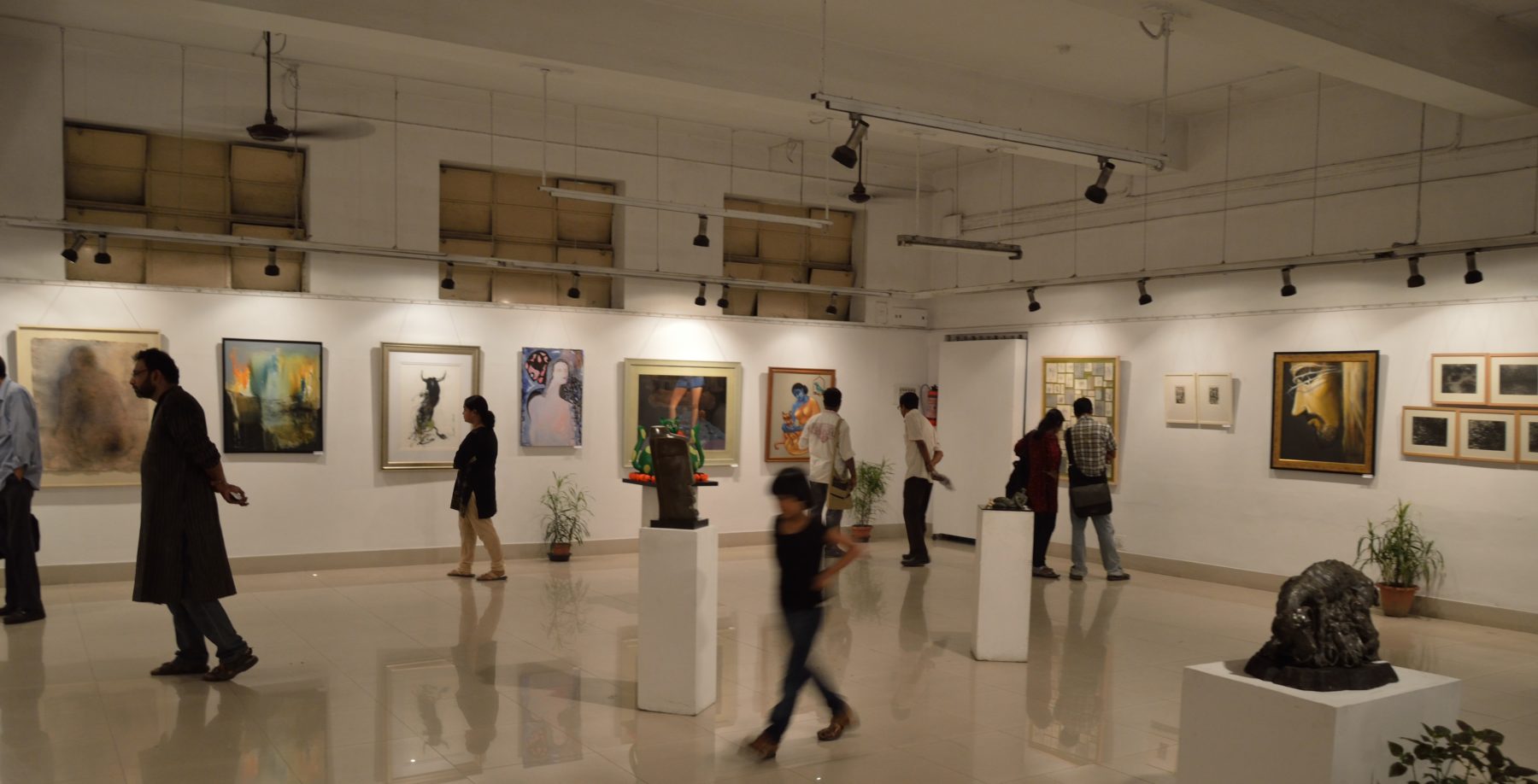1. Dave O’Brien, Daniel Laurison, Andrew Miles, and Sam Friedman. Cultural Trends, Vol. 25 No. 2. “Are the Creative Industries Meritocratic? An Analysis of the 2014 British Labour Force Survey.” 2016. United Kingdom.
There is widespread concern that Britain’s cultural and creative industries (CCIs) are increasingly dominated by the privileged. This stands in stark contrast to dominant policy narratives of the CCIs as meritocratic. Until now this debate has been clouded by a relative paucity of data on class origins. This paper draws on new social origin data from the 2014 Labour Force Survey to provide the first large-scale, representative study of the class composition of Britain’s creative workforce.
2. Diversity Arts Australia. “Shifting the Balance: Cultural Diversity in Leadership within the Australian Arts, Screen, and Creative Sectors.” 2019. Australia.
Diversity Arts Australia undertook research in February 2018 to investigate levels of representation of culturally and/or linguistically diverse Australians in leadership positions within the country’s major arts, screen and cultural organizations. For this report, they examined the cultural backgrounds of 1,980 Board chairs and members, chief executive officers, creative directors, senior executives and award panel judges from 200 major cultural organisations, government bodies and award panels.
3. Scott Hutcheson, Alison Gavrell, Alexandra Miller, Atianna Cordova, and Beth Siegel. Office of Cultural Economy, City of New Orleans. “2016 New Orleans Cultural Survey.” 2016. United States.
This research examines the career and educational paths of cultural workers in New Orleans in order to identify gaps and ultimately policy solutions relating to public, educational, and economic infrastructure supportive of the cultural economy.
4. Economic and Public Policy Research Group of the UMass Donahue Institute. New England Foundation for the Arts. “The Job’s in New England’s Creative Economy and Why They Matter.” 2017. United States.
The New England Foundation for the Arts (NEFA) partnered with the Economic and Public Policy Research group of the UMass Donahue Institute (UMDI) to answer a few important questions about New England’s creative enterprises and creative workers. By finding data on and accounting for creative sector employment, income, demographics, and socioeconomic attributes, this report aims to provide a full story of creative work and workers in New England.
5. NEA Office of Research & Analysis. National Endowment for the Arts. “Artists and Other Cultural Workers: A Statistical Portrait.” 2019. United States.
This omnibus report, Artists and Other Cultural Workers: A Statistical Portrait, extends the range of statistics that the National Endowment for the Arts historically has tracked as part of its decades-long research function. Although the agency periodically reports facts and figures about 11 distinct artist occupations (based on U.S. Census data), this report brings in other job characteristics, other data sources, and even other kinds of cultural workers.
